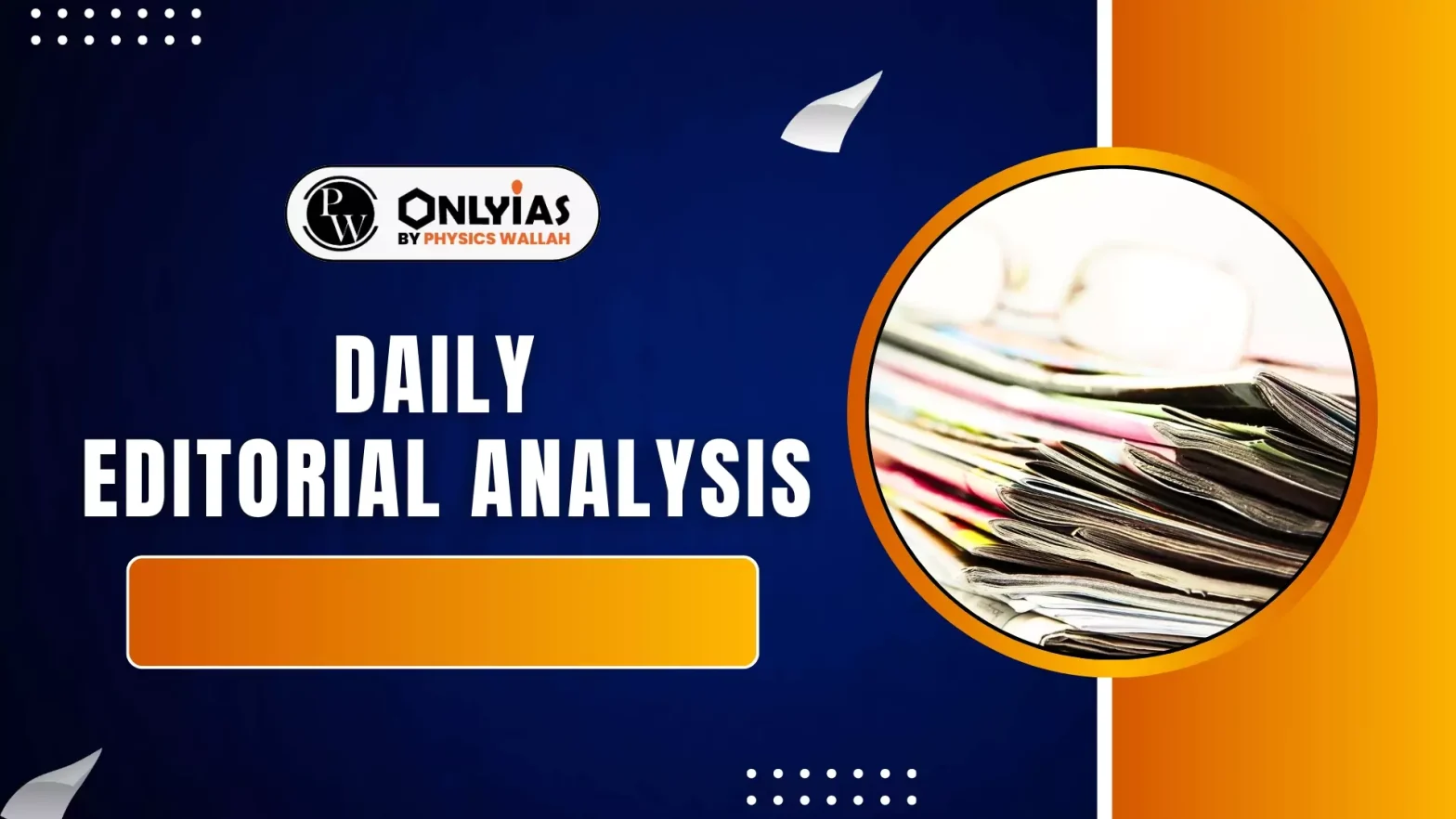On August 15, 2025, a Demographic Mission was announced with an aim of monitoring undocumented immigration from Bangladesh and its demographic impact in India’s border regions.
Background
- Demographic Crossroads: India, now the world’s most populous country, stands at a demographic crossroads.
- Youth: Its large youth population is both a source of pride and a policy challenge.
- Narrow Policy Focus: Despite its vast potential, demographic analysis in India has remained narrowly focused on population control, overlooking the evolving dimensions of fertility, mortality, migration, ageing, and human capability.
- Need of the hour : A holistic approach to demography is essential for aligning population trends with national development goals.
Need for a Broader Demographic Vision
- Understanding Demographic Transformation: A comprehensive demography mission must analyse the transformations that have occurred over the past two decades.
- Beyond Fertility and Mortality: The mission should move beyond projecting population size or growth rates to focus on emerging qualitative aspects of population, such as education, health, and livelihood capabilities.
- Focus on Human Capabilities: Demographic planning must recognise that population outcomes are shaped by human capability development — including access to quality education, healthcare, and economic opportunities — rather than mere population control measures.
- Addressing Regional Inequities: From a human capability perspective, there is an urgent need to address the imbalanced infrastructure across regions that constrains equal opportunity.
Migration as a Central Demographic Concern
- Migration as a Balancing Force: Migration acts as a population balancer across regions.
- Hence, policies should facilitate mobility and opportunity rather than restrict them.
- Constitutional and Political Dimensions: Though the Constitution guarantees freedom of movement, migrants often face constructed identities and social exclusion.
- The state must safeguard migrant identity and ensure equality in access to rights and services.
- The Home-Host Dilemma: Migrants face dual disenfranchisement—excluded from voting both in their native and host regions.
- A demographic mission must address this “crisis of belonging” to restore migrants’ political and social rights.
Longevity and Social Security Challenges in Demographic Mission
- Redefining Ageing: Increasing life expectancy requires redefining economically productive years to ensure older citizens remain active and productive through health-oriented and flexible retirement policies.
- Shared Responsibility for Security: Social security cannot remain the sole responsibility of the state.
- Employers should promote financial preparedness among workers for post-retirement years.
- Planning for an Ageing Society: Policies must evolve to support an ageing population through reforms in pensions, healthcare, and workplace adaptability, ensuring continued productivity and dignity.
Need for Mainstreaming Demography into Policy Frameworks
- Demographic Sensitisation in Governance: Embedding population data and trends into planning ensures policies respond to actual needs.
- Rethinking Indicators: Moving beyond per capita measures to more nuanced, demography-sensitive indicators enhances policy accuracy.
- Inclusive Discourse: Encouraging awareness about population diversity fosters inclusive development and social harmony.
Way Forward
- Demography as a Capability Mission: India’s demographic mission must evolve into a human development mission, linking population data to education, employment, and empowerment.
- Mainstreaming Demography into Policy Frameworks:
- Demographic Sensitisation in Governance: Embedding population data and trends into planning ensures policies respond to actual needs.
- Rethinking Indicators: Moving beyond per capita measures to more nuanced, demography-sensitive indicators enhances policy accuracy.
- Inclusive Discourse: Encouraging awareness about population diversity fosters inclusive development and social harmony.
- Global Perspective: Demographic planning should be contextualised globally, drawing lessons from other regions while leveraging India’s unique youth advantage.
Conclusion
A holistic demographic mission must synchronise population trends with social equity and economic sustainability, ensuring that India’s demographic diversity remains a strategic national asset.
![]() 11 Oct 2025
11 Oct 2025

